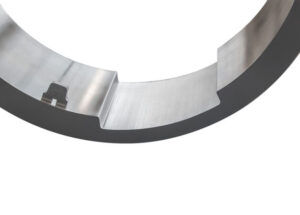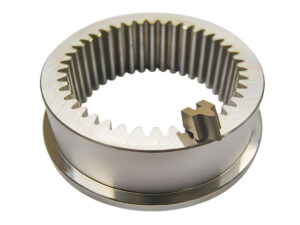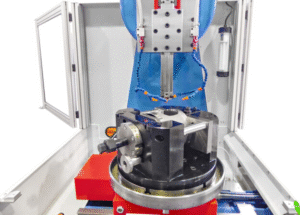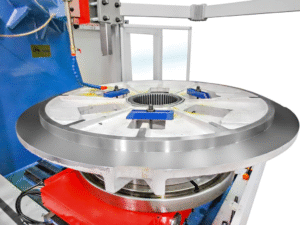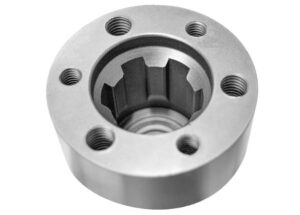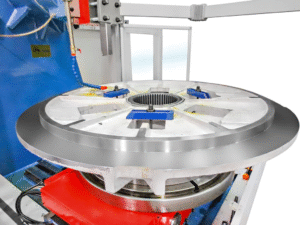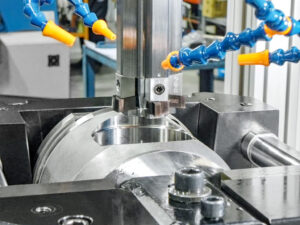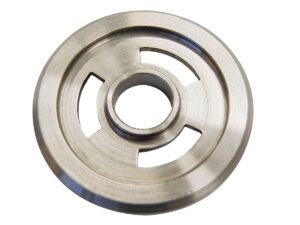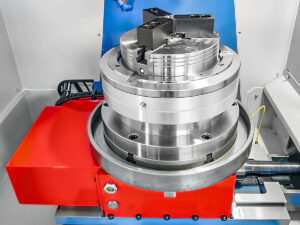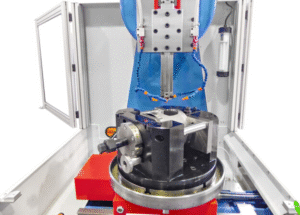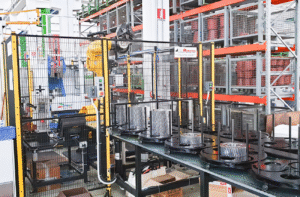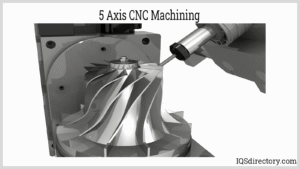Slotting machines play an essential role in modern workshops, offering precision and consistency in machining grooves, keyways, and internal profiles. Among the popular choices, CAMS slotting machines are widely recognized for their engineering quality, reliability, and ability to handle varied workloads. But with multiple models available—such as the CAMS 200, CAMS 400E, and CAMS 500—selecting the best fit for your shop can be a challenge.
This comprehensive guide walks you through the process of choosing the best CAMS slotting machine model for your needs. It covers slotting capacity, tooling options, accessories, and long-term considerations so that your investment delivers value for years to come.
Understanding Slotting Machines
Before comparing models, it’s important to understand what a slotting machine does. Slotting machines are designed to cut vertical or inclined slots into a workpiece. These slots can serve many purposes, including:
Creating keyways inside gears or pulleys
Machining splines for mechanical transmission
Producing rectangular or irregular grooves
Preparing components for assembly in larger systems
In essence, a slotting machine bridges the gap between milling and shaping processes, offering unparalleled precision for internal machining operations.
Why CAMS Machines Are Popular in Workshops
CAMS slotting machines have earned a reputation for combining durability with accuracy. Workshops often prefer CAMS models for reasons such as:
Precision engineering – Each model delivers consistent results for critical applications.
Range of models – From smaller units for light jobs to heavy-duty machines for industrial work, there is a solution for every shop size.
Flexibility with tooling – Compatibility with a wide variety of cutters makes them adaptable to evolving shop requirements.
Robust construction – Designed for longevity, CAMS machines perform reliably even under demanding production schedules.
Key Factors to Consider Before Selecting a CAMS Model
When evaluating the best CAMS slotting machine model for your shop, it’s important to look beyond the headline specifications. Here are some general factors to guide your decision:
1. Slotting Capacity
Slotting capacity refers to the maximum stroke length and the size of workpieces that a machine can handle. Smaller models are suitable for precision parts, while larger models are better suited for heavy, industrial components.
2. Workload and Production Volume
A shop producing custom or low-volume parts may not need the largest machine available. On the other hand, continuous production facilities require higher-capacity machines to avoid bottlenecks.
3. Tooling Options
The flexibility of tooling determines how well the machine can adapt to different jobs. Consider whether the model supports a wide range of slotting cutters and holders.
4. Accessories and Upgrades
Optional accessories like digital readouts, indexing tables, and lubrication systems can make a significant difference in productivity. Choosing a model that offers future upgrade paths can help your shop stay competitive.
5. Ease of Operation
User-friendly controls, ergonomic design, and straightforward maintenance routines reduce operator fatigue and enhance productivity.
6. Budget and Long-Term ROI
The initial investment is just one part of the equation. Factoring in maintenance, energy consumption, and downtime helps calculate the machine’s real return on investment.
Overview of CAMS 200, CAMS 400E, and CAMS 500
CAMS offers a range of models to suit different shop sizes and production demands. Among the most discussed are the CAMS 200, 400E, and 500. Each has its strengths and limitations.
CAMS 200
The CAMS 200 is best suited for smaller workshops or those focusing on precision parts. It offers:
Compact design for limited space
Excellent precision for keyways and small splines
Lower slotting capacity compared to larger models
Ideal for light to medium workloads
This machine is often chosen by shops that work with small to medium components but require accuracy above all else.
CAMS 400E
The CAMS 400E is a versatile option designed for medium-scale operations. It provides:
Balanced capacity and precision
Ability to handle medium to large parts
Compatibility with a broader range of tooling
Support for additional accessories and upgrades
This model is a good fit for workshops that anticipate growth or handle a wide variety of components.
CAMS 500
The CAMS 500 represents the heavy-duty end of the spectrum. Its features include:
High slotting capacity for large and heavy parts
Rugged construction for industrial workloads
Compatibility with advanced tooling systems
Full support for automation and productivity accessories
It is ideal for industries such as aerospace, automotive, and heavy equipment manufacturing, where efficiency and consistency are critical.
Tooling and Accessories for CAMS Machines
The performance of a slotting machine is closely tied to the tooling and accessories used. CAMS models support a range of options:
Tooling Options
Standard cutters for general-purpose slotting
Specialty cutters for unique profiles
Multi-tooth cutters for higher throughput
Accessories
Indexing tables for machining multiple slots at precise angles
Digital readouts for real-time accuracy monitoring
Lubrication systems to reduce wear and extend machine life
Coolant systems for managing heat during intensive jobs
Choosing the right combination of tooling and accessories ensures maximum flexibility and long-term value.
Evaluating Slotting Capacity in Practice
Slotting capacity is more than just a number. It defines how effectively a machine can handle your typical workload. Consider:
The size and weight of your most common parts
The required stroke length for your applications
Whether you need shallow precision cuts or deep, heavy-duty slots
Matching capacity to requirements prevents overinvestment in unused features or underperformance during peak workloads.
Maintenance and Longevity of CAMS Machines
A significant advantage of CAMS machines is their durability. However, proper maintenance is essential:
Regular lubrication prevents wear on moving parts
Coolant system checks help maintain cutting efficiency
Alignment inspections ensure accuracy over time
Tooling care extends cutter life and maintains precision
By following preventive maintenance routines, shops can extend machine lifespan and reduce downtime.
Long-Term Investment Considerations
When comparing models, think about how your business might evolve in the next five to ten years. A machine that seems more expensive initially could prove cost-effective by:
Reducing setup time with better accessories
Handling a wider range of part sizes
Supporting automation for future expansion
Lowering per-part production costs through efficiency gains
Conclusion
Choosing the best CAMS slotting machine model is a strategic decision that depends on your shop’s size, production volume, and future goals. The CAMS 200 excels at precision work for smaller shops, the CAMS 400E provides versatility for growing operations, and the CAMS 500 offers industrial-scale performance for demanding environments.
By carefully evaluating slotting capacity, tooling options, and long-term ROI, shop owners and purchasing teams can select a machine that not only meets their current requirements but also supports future expansion. For more details on CAMS machines and specialized tooling, you can explore slotting machine options or discuss your needs with experts through their contact page.

